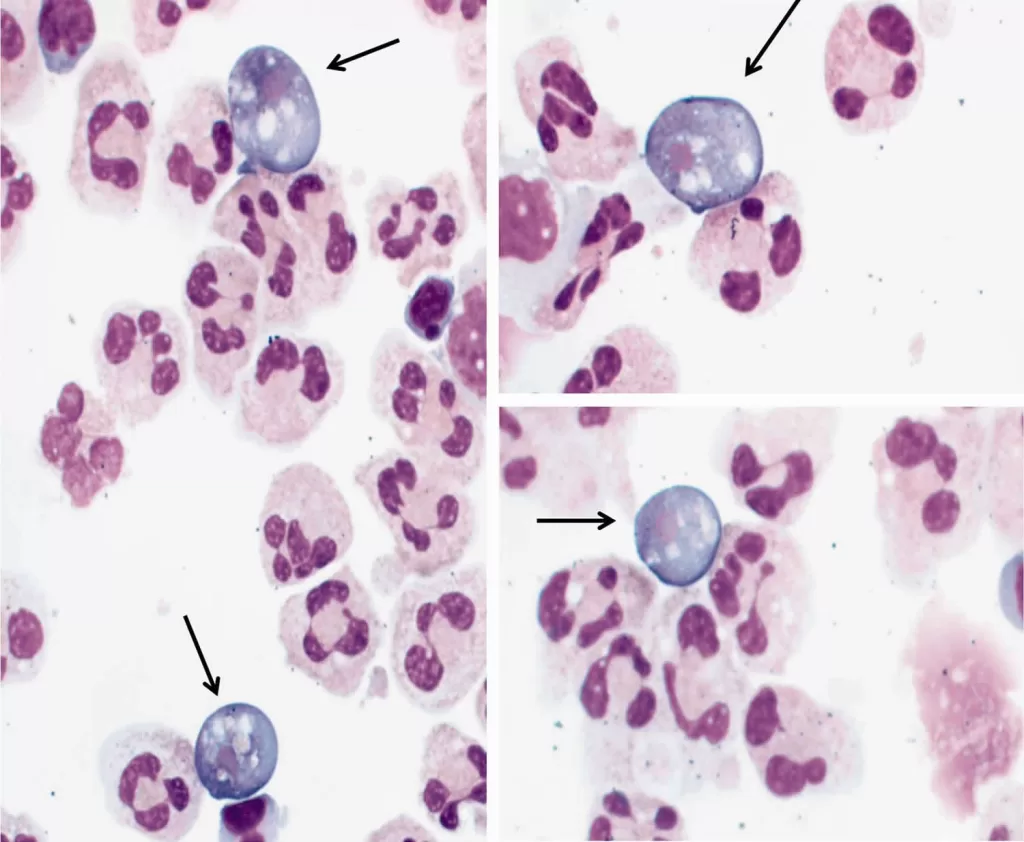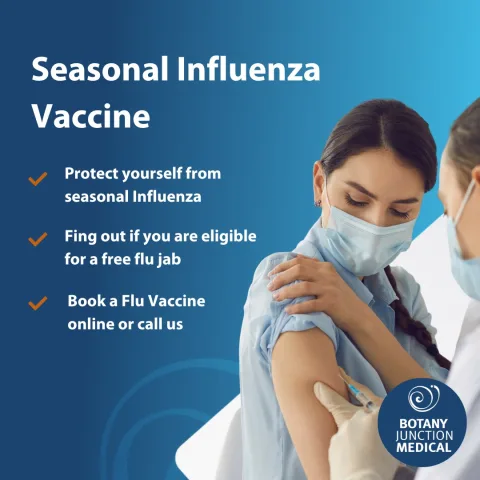Naegleria fowleri, a deadly ameba, is known to cause primary amebic meningoencephalitis (PAM), a rare but often fatal infection of the brain. The alarming case of a healthy 71-year-old woman in Texas highlighted the risks associated with nasal irrigation using contaminated water, specifically from recreational vehicles (RVs). Within just two weeks of using tap water from her RV for nasal rinsing, she developed severe neurological symptoms and succumbed to PAM infection. The CDC’s advice on nasal rinsing emphasizes the importance of using only distilled or boiled water, particularly when performing nasal irrigation. This tragic incident serves as a grave reminder of the potential dangers of RV water contamination and the need for heightened awareness regarding nasal irrigation safety.
The lethal ameba, known scientifically as Naegleria fowleri, presents a serious health risk when not properly managed. Infections caused by this organism are associated with primary amebic meningoencephalitis (PAM), a condition that results from the introduction of contaminated water into the nasal passages. Such infections can occur in various settings and emphasize the importance of ensuring safe usage of water in personal care routines, particularly in nasal irrigation practices. Recent reports indicate that household water systems, especially those in recreational vehicles, may pose unexpected dangers if not adequately treated. The preventive measures advised by health authorities underscore the critical need for vigilance and adherence to safety guidelines in order to protect against these rare yet dangerous infections.
Understanding Naegleria fowleri and PAM Infection
Naegleria fowleri, a free-living amoeba, is infamously known for causing primary amebic meningoencephalitis (PAM), a rare but devastating brain infection. This organism is typically found in warm freshwater environments, such as lakes and hot springs, but it can also exist in improperly treated tap water. The virulence of N. fowleri lies in its ability to infiltrate the human body through the nasal passages, leading to severe neurological damage as it travels to the brain. Symptoms of PAM can escalate rapidly within days of infection, starting with severe headaches, fever, and confusion, ultimately leading to seizures and coma, which can result in death if not treated promptly. Understanding the mechanism of infection is crucial to preventing future cases of PAM, especially in healthy individuals who may unknowingly expose themselves to contaminated water sources during nasal irrigation or recreational activities.
Recent reports highlight the importance of recognizing the severe implications of PAM, as seen in the tragic case of a 71-year-old woman from Texas. Using water from an RV for nasal irrigation, she unwittingly introduced N. fowleri into her system. The CDC underscores that the infection process requires contaminated water to enter through the nose—not through ingestion. Despite rigorous medical intervention, the rapid progression of her symptoms exemplifies the potential lethality of PAM. Hence, awareness of N. fowleri transmission routes is vital to mitigate health risks associated with recreational water activities.
The Centers for Disease Control and Prevention (CDC) provide explicit guidelines to minimize the risk of PAM from nasal irrigation. They recommend using distilled, sterile, or previously boiled water for sinus irrigation instead of tap water, which may contain N. fowleri or other pathogens. This recommendation stems from understanding that most cases of PAM are linked to activities involving exposure to warm freshwater, where the amoeba typically thrives. Therefore, ensuring the quality of water used for nasal irrigation is a critical preventive measure that the public must adhere to, especially in environments like RVs where water may not be treated adequately. Education about safe nasal irrigation practices is essential in preventing the circumstances that facilitate these infections.
Nasal Irrigation Safety and Best Practices
Nasal irrigation is a widely practiced method to relieve nasal congestion and sinus issues. However, safety in the use of nasal irrigation devices, such as neti pots and squirt bottles, is paramount. Following the advice from the CDC, it is essential to use only boiled or sterile water for nasal rinsing to avoid the risks associated with contaminated tap water. For individuals not using safe water sources, the consequences can be dire, as illustrated by the unfortunate incident involving the Texas woman who succumbed to PAM. The lesson drawn from this case emphasizes the necessity of adhering to safety protocols that can significantly lower the chances of introducing harmful pathogens into the nasal cavity during irrigation procedures.
To further enhance nasal irrigation safety, proper maintenance of irrigation devices is also crucial. Users should ensure that their equipment is cleaned and dried adequately after each use to prevent any potential microbial growth. Moreover, individuals should educate themselves about the symptoms of PAM and seek prompt medical attention if they experience signs like severe headaches, fever, or confusion following nasal irrigation. Awareness and adherence to these practices can greatly reduce the health risks associated with nasal irrigation, ensuring that this beneficial practice does not lead to severe health complications.
As nasal irrigation can be beneficial for alleviating sinus problems, it is vital to promote awareness about its safe execution. Those involved in nasal irrigation must educate friends and family about potential risks, especially in regions where reports of N. fowleri infections have occurred. By creating a community of knowledge and vigilance surrounding safe nasal irrigation practices, we can protect individuals from the serious threat of PAM and encourage the proper use of this therapeutic technique. Incorporating safety education in public health campaigns may also play a significant role in reducing the incidence of PAM infections, highlighting how essential awareness is in healthcare.
RV Water Contamination and Its Health Risks
Recreational vehicles (RVs) can be a source of water contamination, posing significant health risks if proper precautions are not taken. The unfortunate case of the Texas woman illustrates how easily pathogens can enter a system from sources such as RV water supplies. Tap water from an RV can become contaminated if the water tanks are not cleaned regularly or if hoses are improperly maintained. This contamination can lead to serious infections like PAM when the water is utilized for nasal irrigation, as it may contain harmful organisms such as Naegleria fowleri. RV owners should be vigilant about the water quality they utilize, especially when performing procedures that involve nasal irrigation or any entry into the body.
Additionally, maintaining the integrity of the RV’s water system directly correlates with human health safety. Regular checks and adequate disinfectant practices should be routine for RV maintenance. This includes flushing the water tanks, using appropriate filters, and ensuring that hoses are free from any harmful bacteria. By addressing these factors, RV users can help mitigate the risk of PAM and other waterborne illnesses, preserving their health and enhancing the joy of outdoor activities.
Education about RV water safety is crucial, particularly for those who regularly engage in activities that might require nasal irrigation. The CDC recommends not only observing safe water practices in RVs but also ensuring that any municipal water sources are adequately treated and maintained. Increased awareness of potential contamination sources will guide RV owners in preventing dangerous situations. Additionally, responsible RV handling means understanding how to properly filter and disinfect water, thus safeguarding against pathogens like N. fowleri. By being proactive about RV water safety, individuals can enjoy their recreational experiences without the looming threats of severe infections.
CDC Advice on Nasal Rinsing Practices
The Centers for Disease Control and Prevention (CDC) provides pivotal advice regarding nasal rinsing practices to help prevent infections such as PAM. Among their guidelines, one of the most critical is the recommendation to use only sterile, distilled, or pre-boiled water for nasal irrigation. This is especially vital for those utilizing tap water or any untreated water sources, which could harbor Naegleria fowleri and lead to severe health consequences. Educating the public on these safety measures helps minimize risks associated with nasal irrigation, ensuring that individuals derive maximum benefits from this practice without compromising their health by introducing harmful organisms.
Moreover, the CDC emphasizes the importance of being aware of the symptoms associated with PAM that may emerge after nasal rinsing, such as fever, headache, or confusion. It is advised that anyone experiencing these symptoms seek immediate medical attention, as early intervention can be crucial to outcomes in cases of PAM. The agency’s comprehensive guidance serves as a reminder of the need for public education about safe nasal irrigation practices, underscoring the critical role health organizations play in averting potentially fatal outcomes like those linked to the misuse of irrigation devices.
Nasal Irrigation and Its Role in Religious Practices
Nasal irrigation is not only a health-related practice but also holds significant cultural and religious importance in many communities. In several traditions, particularly within Islamic practices, nasal rinsing is performed as part of ablution rituals. These practices emphasize cleanliness and are essential for spiritual preparation before prayers. While these cultural practices highlight the importance of cleanliness, it is crucial for practitioners to adhere to safety guidelines to prevent health risks, particularly the onset of infections like PAM from poorly treated water.
In an increasingly global context, understanding the intersection between cultural practices and health safety is crucial. As more individuals engage in practices that include nasal irrigation, it becomes imperative to educate communities on the safe use of water in these rituals. Awareness of Naegleria fowleri and the potential health implications should not detract from these enriching practices but rather enhance them through the promotion of safer methods of performing nasal irrigation that aligns with both their cultural significance and health safety.
The Importance of Water Quality in Recreational Activities
Water quality plays a fundamental role in health, particularly during recreational activities involving water, such as swimming in lakes or even using water sourced from RVs for nasal irrigation. Poorly maintained water sources can harbor harmful microorganisms like Naegleria fowleri, which pose significant health risks. The case involving the Texas woman is a stark reminder of how quickly recreational water can lead to severe infections when safety protocols are ignored. It highlights the need for individuals to be vigilant about water quality when engaged in outdoor activities or using water for health practices.
Ensuring the safety of water used for recreational purposes goes beyond personal responsibility; it requires community action and compliance with public health guidelines. Environmental monitoring and proper treatment of water supplies contribute significantly to preventing outbreaks of PAM and other waterborne diseases. Educating communities about the importance of maintaining high water quality standards enhances health safety for all residents and visitors engaged in outdoor activities. This collective effort can significantly reduce the prevalence of infections linked to recreational water use.
Potential Sources of N. fowleri Infection During Nasal Irrigation
The sources of Naegleria fowleri infection during nasal irrigation can often go unnoticed, yet they hold critical importance for identifying risks associated with water usage. In the case of the Texas woman, contaminating sources included water from her RV’s plumbing system, suggesting that maintenance and quality control of RV water supplies are essential. Moreover, the connection between municipal water systems and RV supplies can present additional risks, particularly when the water systems do not adhere to safety standards. This emphasizes the importance of regularly testing and cleaning water sources for potential contamination.
Individuals using water for nasal irrigation must remain aware of possible risks associated with various susceptible sources. Whether it be municipal systems or private RV water tanks, consumers should prioritize water treatment protocols that eliminate or mitigate the presence of pathogens like N. fowleri. Following established health guidelines for RV maintenance and municipal water treatments can significantly lower the risk of PAM infections during nasal irrigation practices. By recognizing and managing these sources effectively, the likelihood of introducing harmful pathogens can be greatly reduced.
Research on Naegleria fowleri and Nasal Irrigation
Research surrounding Naegleria fowleri continues to be vital in understanding the dynamics of infection and prevention strategies. Investigations into recent outbreaks, like the one associated with the Texas woman, provide critical data on how infections occur and the environmental conditions that support the pathogen. Continued scientific inquiry into the levels of N. fowleri in various water sources can guide public health policies and educate communities on the necessity of using safe water for practices like nasal irrigation. Scientific studies not only help elucidate the risks but also promote awareness regarding the actions individuals should take to prevent infection.
The collaboration between health authorities and research institutions is fundamental in combating the risks associated with PAM. By disseminating findings from these studies, public health organizations can equip individuals with the knowledge to make informed decisions about their water sources. Educating the public about safe nasal irrigation practices through research-based guidance can minimize the risks while maintaining the cultural and health benefits associated with this common practice. Ultimately, the integration of research findings into public awareness campaigns is integral to enhancing community health and safety.
Frequently Asked Questions
What is Naegleria fowleri and how does it relate to primary amebic meningoencephalitis (PAM) infection?
Naegleria fowleri is an ameba that can cause primary amebic meningoencephalitis (PAM), a rare but fatal brain infection. Infection typically occurs when contaminated water enters the nasal passages, leading to neurological symptoms and often resulting in death within days.
Is nasal irrigation safe when using tap water potentially contaminated with Naegleria fowleri?
No, nasal irrigation using tap water can be unsafe if the source is contaminated with Naegleria fowleri. The CDC recommends using only distilled, sterile, or previously boiled water for nasal irrigation to avoid the risks associated with PAM infection.
How can RV water contamination lead to Naegleria fowleri infections during nasal irrigation?
RV water contamination can occur if tap water from the RV’s water supply contains Naegleria fowleri. Using this water for nasal irrigation poses a serious risk of PAM infection, as the ameba can enter through the nasal passages.
What advice does the CDC give regarding nasal rinsing to prevent Naegleria fowleri infections?
The CDC advises using distilled, sterile, or boiled water for nasal rinsing and immediately seeking medical attention if symptoms like headache, fever, or confusion appear after irrigation. This guidance helps prevent PAM infections caused by Naegleria fowleri.
What symptoms should prompt immediate medical attention after nasal irrigation potentially involving Naegleria fowleri?
If you develop symptoms such as severe headache, fever, confusion, or vomiting after nasal irrigation, you should seek medical attention immediately, as these could be indicative of a PAM infection caused by Naegleria fowleri.
Can Naegleria fowleri be found in municipal water systems, affecting nasal irrigation safety?
Yes, Naegleria fowleri can potentially be present in municipal water systems, especially if water treatment practices fail to adequately disinfect the water, posing a risk during nasal irrigation.
What factors contribute to the risk of PAM infection from nasal irrigation using RV water?
Factors include using unboiled tap water from an RV’s water system, which may be contaminated with Naegleria fowleri, and improper maintenance of both the RV’s water supply and municipal water systems.
How did the recent case in Texas highlight the dangers of Naegleria fowleri infection through nasal irrigation?
The recent case involved a 71-year-old woman who contracted PAM after using tap water from her RV for nasal irrigation. This emphasizes the need for safe practices in nasal irrigation to prevent infections from waterborne pathogens like Naegleria fowleri.
What should people know about the link between nasal irrigation and Naegleria fowleri-related PAM?
People should understand that nasal irrigation can be a risk factor for PAM if contaminated water is used. It is crucial to follow health guidelines, such as using sterile water, to mitigate the risk of Naegleria fowleri infection.
What are the implications of having Naegleria fowleri in recreational vehicle (RV) water systems?
The presence of Naegleria fowleri in RV water systems can pose severe health risks if used for nasal irrigation or other activities involving the nose. Proper water treatment and caution are vital to prevent PAM infections.
| Key Points |
|---|
| A 71-year-old woman in Texas died from Naegleria fowleri after using tap water for nasal irrigation. |
| She developed severe neurological symptoms including fever and headaches within days. |
| Laboratory tests confirmed N. fowleri in her cerebrospinal fluid, indicating primary amebic meningoencephalitis (PAM). |
| Nasal irrigation devices should be used only with distilled, sterile, or boiled water to prevent infection. |
| Investigation found possible contamination from the RV water system or municipal water supply. |
| Environmental samples taken post-infection did not show N. fowleri, highlighting detection challenges. |
| The case emphasizes the health risks of improper nasal irrigation practices and water quality management. |
Summary
Naegleria fowleri is a deadly ameba responsible for causing primary amebic meningoencephalitis (PAM), a rare but often fatal brain infection. The case of a healthy 71-year-old woman in Texas demonstrates the critical need for safe practices when using nasal irrigation devices. It is vital to utilize distilled, sterile, or boiled water in these devices to mitigate the risk of infection. Furthermore, regular testing and maintenance of water quality, especially in recreational vehicle systems and municipal supplies, are essential in preventing such tragic outcomes.
The content provided on this blog (e.g., symptom descriptions, health tips, or general advice) is for informational purposes only and is not a substitute for professional medical advice, diagnosis, or treatment. Always seek the guidance of your physician or other qualified healthcare provider with any questions you may have regarding a medical condition. Never disregard professional medical advice or delay seeking it because of something you have read on this website. If you believe you may have a medical emergency, call your doctor or emergency services immediately. Reliance on any information provided by this blog is solely at your own risk.








